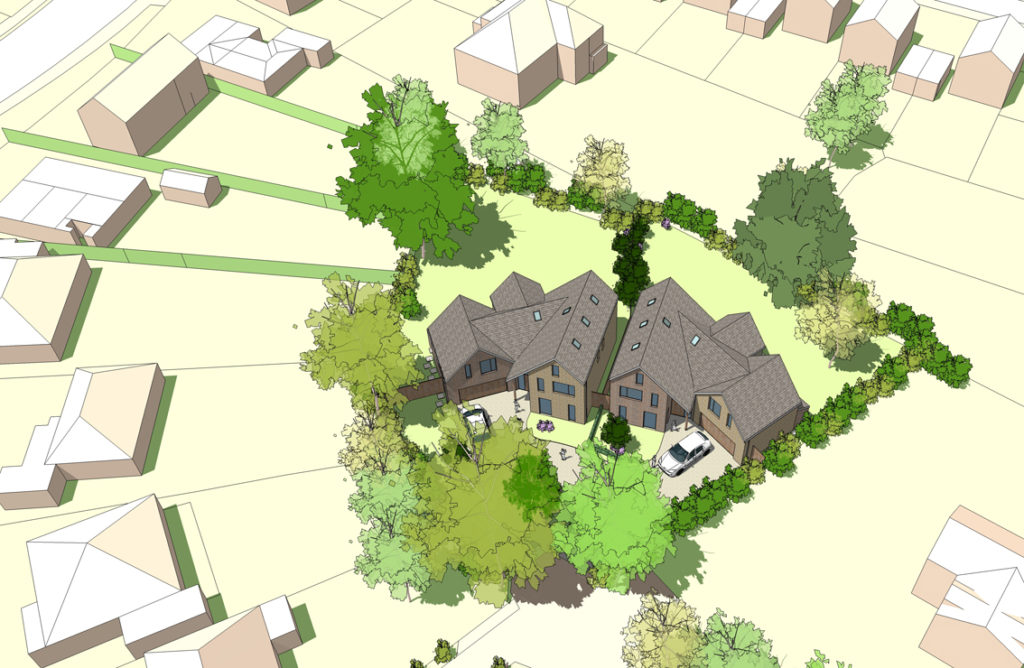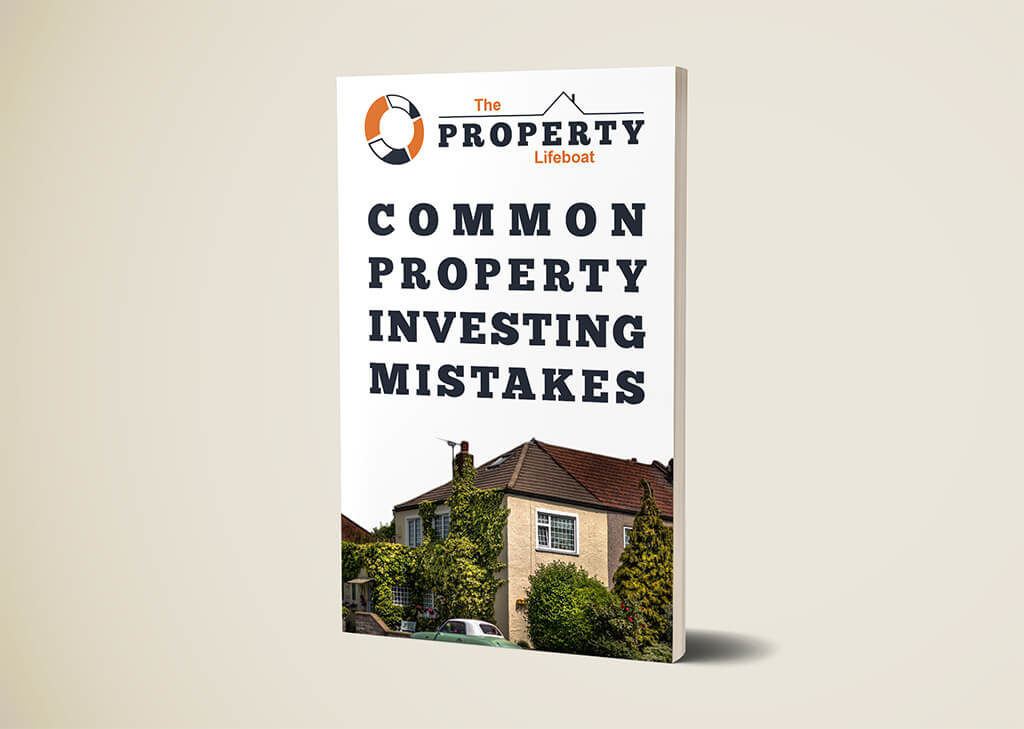
Getting planning consent to develop your garden is a subject close to our hearts at present because we will shortly be submitting applications to develop in the gardens of a number properties that form part of our existing portfolio. They can therefore provide ideal building plots; an easy win particularly if you already own the site. But it is not always plain sailing.
Can I build a house in my own garden?
Planning policies differ widely between those covering built up areas (i.e cities, towns or villages) and those that cover greenspaces: i.e. the countryside. The latter will include land on the edges of settlements, smaller villages and hamlets.
In built up areas, policies normally support small scale development. But in countryside areas, new construction is often frowned upon.
Around the outside of settlements – assuming there are good public transport links and easy walking or cycling to facilities – gardens can be suitable for building on if the local authority does not have an adequate supply of building land. So, it’s worth checking out your council’s land supply position.
Building in larger rural back gardens is often frowned upon. Nonetheless, there are many examples of people obtaining permission to build on this type of plot. Bungalows and chalet houses often fit better into these locations than two-story ones.
Key points to consider:
General points to consider when assessing a garden as potentially suitable for development are as follows:
1. Is there enough space?
A key issue with garden plots is whether there’s enough space for an additional house. Any new building must follow the existing street scene. Many garden plot schemes are refused because they do not fit properly on the site.
2. Consider the look of the local area.
The new dwelling must be designed to be sympathetic in look with the properties in the local area. This is normally a very subjective assessment though and approach can vary from local authority to another and from one planning officer to another.
3. Privacy.
It’s critical when getting planning consent to develop your own garden that any new dwelling must not overlook it’s neighbours – that means windows, as well as gardens. Typical minimum separation distances are around 20M-22M.
Good design can often mitigate potential privacy issues..
4. Overshadowing of neighbours.
Blocking natural light to the main windows of the existing property, or a previously sunny patio, can make a project a non-starter. Severe loss of light is covered by right to light legislation, which is separate from planning.
5. Maintaining outlook.
Loss of outlook of the existing property could be viewed as a loss of amenity. But bear in mind that outlook isn’t the same as a view, which isn’t generally deemed to affect planning considerations.
6. Dealing with trees.
Loss of trees are often a problem with garden plots. Sometimes it is possible to clear a site of trees before planning is submitted but this may not go unnoticed!
7. Consider existing ecology.
Protected species can be an issue in rural garden development. If some are expected on your plot, then an ecological survey will be required.
8. Consider drainage.
It’s important to think about how you will handle foul and surface water early on so you can include solutions within your planning application. If there isn’t a public sewer available, you’ll need space for a private system, which could affect the build.
9. Ensure adequate access.
It is imperative to provide a safe entrance and adequate parking on your plot (including space to turn on-site) unless your garden site is centrally located in an urban setting. Consider whether there likely will be a disturbance to neighbours from turning or parking vehicles.
10. Managing local politics.
Remember to get the neighbours on side as early as possible. Political influence shouldn’t play a significant role in planning decisions, but from time-to-time it does.
As always, if you have any questions please get in touch. If you found this post interesting you may also like some of our other articles on land and development.
FREE 'Common Property Investing Mistakes' guide.

We have created a free guide to help you get going on your property investment journey. This invaluable guide includes the most common property investing mistakes. The guide is completely FREE and you can claim your free guide by clicking here.

